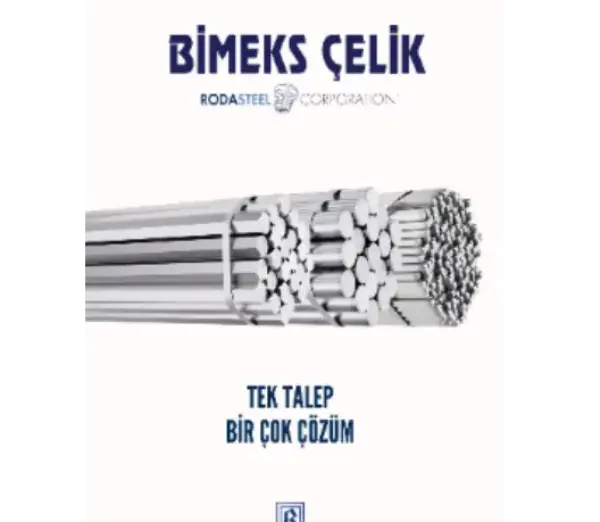We will try to get back to you as soon as possible.
Okey03.15.2023
We thought of addressing one of the questions asked after experiencing a problem related to surface discontinuities/faults, which is frequently encountered in the field of steel bars, as a topic.
To begin with, briefly talking about the terms "discontinuity" and "error" will be useful for the next steps. Any finding on the surface of the material that moves inward from the surface and disrupts the continuous form of the surface is called a discontinuity. Permissible surface discontinuity depth definitions are made according to the material size in the relevant standards. Findings that exceed the allowable surface discontinuity depth limits, that is, are deeper, are called surface defects. For surface defects, there are limits in the relevant standards for the rate of defective materials that may be encountered in the shipment batch, according to the surface quality class agreed upon at the time of ordering.
If we take a look at the main features of bright (cold drawn, peeled or ground) steel products, which constitute the majority of our field of activity... The surfaces of bright steel products can be briefly described as smooth and free of scale. Due to production-related reasons, it is very difficult to obtain the same surface condition/quality as round materials in hexagon, square, flat and special cross-section profile materials. Since discontinuities (cracks, folds, scale, pores, cavities, grooves, etc.) cannot be completely prevented during production (hot and cold forming, heat treatments, handling and storage) and are preserved after cold drawing, an agreement regarding the surface quality must be made at the time of ordering. The surface quality of the material must be one of the surface quality classes defined in the EN 10277 standard. Similar definitions for stainless steels are available in the EN 10088-3 standard.
